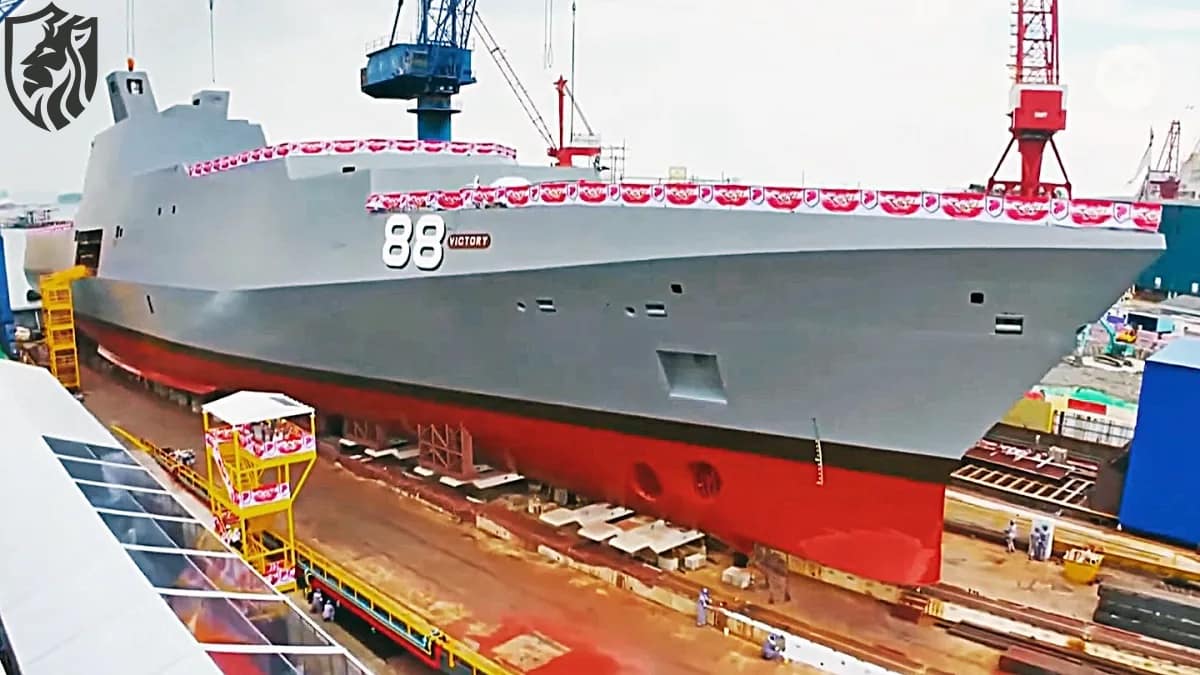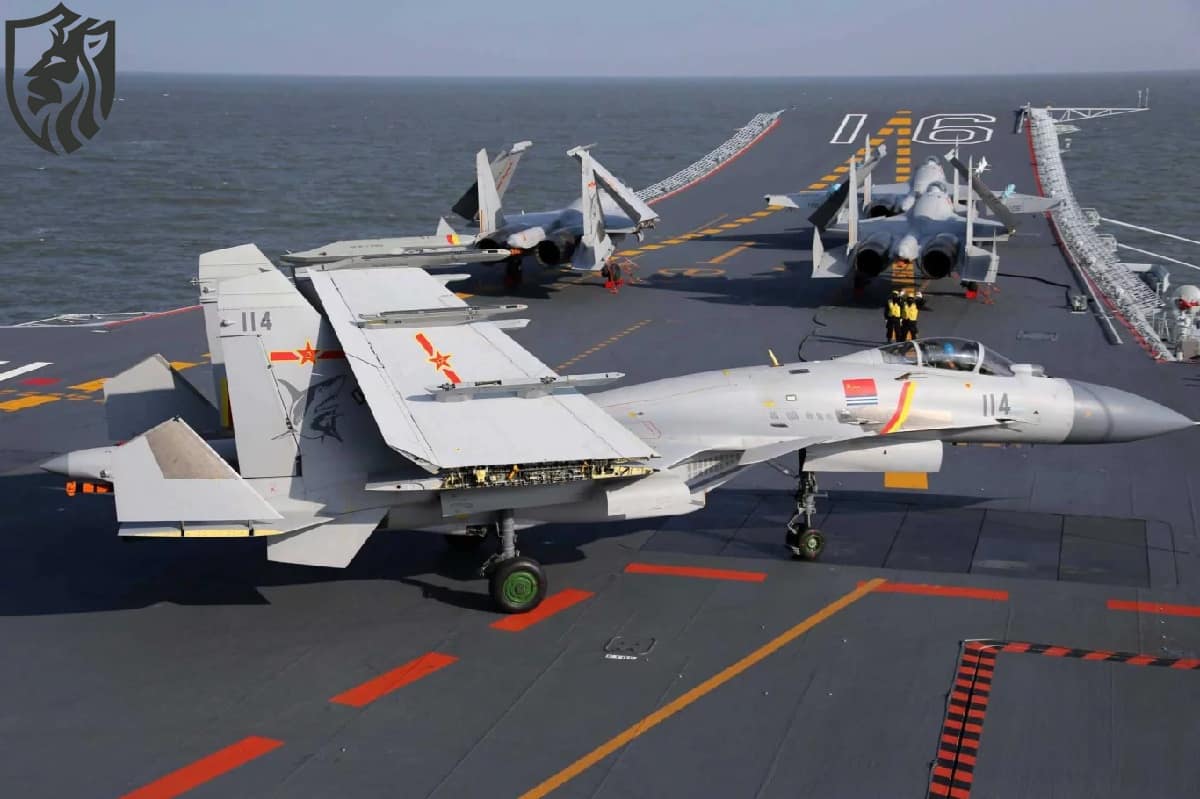
Singapore Multi-Role Combat Vessel — AI Mothership
Why the MRCV matters
The Singapore Multi-Role Combat Vessel (MRCV) marks a step-change in how small navies project power. Singapore is fielding a large surface combatant that works as a frigate and an unmanned-systems “mothership”. It aims to secure long sea lines of communication and deter disruption in the busy Singapore Strait. Moreover, one MRCV with teamed drones can do missions that previously needed multiple ships.
From concept to steel in the water
ST Engineering launched Victory, the first of six ships, on 21 October. The Singapore Multi-Role Combat Vessel (MRCV) displaces about 8,000 tonnes and measures roughly 150 metres. The class replaces six Victory-class missile corvettes from the 1990s, yet it keeps their historic names. The first delivery is due in 2028, which aligns with RSN’s recapitalisation plans and workplace realities.
A modular ship built to evolve
The designer prioritises adaptability. A large mission bay accepts up to eight 20-foot containers, so the crew can swap payloads within hours. Therefore, the ship can pivot from high-end warfare to disaster relief without refit. At the stern, a dedicated launch-and-recovery system handles boats and unmanned surface vessels. A crane on each beam supports heavier loads. A broad flight deck supports a medium helicopter and multiple drones.
Electric power, digital backbone
The propulsion plant uses integrated full electric propulsion with a high-voltage distribution network. This architecture simplifies machinery layout and reduces acoustic signatures. It also feeds energy-hungry sensors and effectors with headroom for upgrades. In parallel, an AI-enabled combat system fuses tracks, allocates effectors and audits fratricide risks. Consequently, the Singapore Multi-Role Combat Vessel (MRCV) can refresh software and add new mission kits as threats evolve.

Unmanned teaming at scale
The MRCV is designed to quarterback unmanned systems in the air, on the surface and below it. Airborne drones extend sensing and strike ranges. Unmanned surface craft escort convoys, scout straits, and tow decoys. Unmanned underwater vehicles survey choke points and hunt mines. Because the ship operates as a networked “mothership”, commanders can tailor the mix for each task group. As missions change, the loadout changes.
Weapons and sensors you can bank on
A Leonardo STRALES 76 mm gun provides accurate, guided air-burst fire. Two Rafael Typhoon Mk 30-c remote weapon stations add close-in punch. For air defence, the RSN plans to employ the MICA and Aster family missiles, offering layered protection against aircraft and sea-skimming threats. Singapore has not confirmed the anti-ship missile selection; Blue Spear is a leading candidate. In practice, the ship’s value lies in the fused picture its sensors and drones deliver to the task group.
Crewing for an urban island nation
Manpower is precious in Singapore, so the MRCV targets fewer than 100 sailors. A small bridge team can operate and manoeuvre with ease thanks to highly integrated controls. Automation trims watch-standing hours and improves resilience. Training pipelines should be shorter because common consoles and workflows span propulsion, sensors, and unmanned control. The Singapore Multi-Role Combat Vessel (MRCV) therefore matches capability growth with sustainable crewing.
Composite superstructure, steadier hull
Saab Kockums supplies carbon-fibre composite superstructure elements. Composites cut top weight by up to half compared with steel, resist corrosion, and dampen vibrations. They also lower radar cross-section and insulate sensitive mast equipment. Reduced topweight improves stability, which matters on a tall, drone-heavy ship that launches boats and aircraft in busy seas.
Range, reach and tempo
With a quoted range of about 7,000 nautical miles, the ship can sustain distant missions. The RSN can fan out MRCVs to protect shipping, escort high-value units and backstop multinational exercises. In peacetime, the class will likely spend long periods at sea, cycling through modular packages and rotating unmanned detachments. In crisis, commanders can surge tempo by adding more drones rather than more hulls.

Industrial teaming and export logic
The programme combines local and foreign experts. ST Engineering leads building and integration in Singapore. Saab provides design inputs and composite know-how. This model maintains sovereign control over sensitive systems while attracting top-tier partners. It also sets a template for export. Indeed, Singapore and Saab are already pitching littoral mission vessels abroad, which signals confidence in the industrial partnership.
What it means for the RSN order of battle
Once current builds mature, the RSN will centre on six Type 218SG submarines, six MRCVs, six frigates, eight littoral mission vessels and four landing ships, plus smaller craft. That force mix gives Singapore layered undersea deterrence, a modern surface screen and a credible amphibious lift. The Singapore Multi-Role Combat Vessel (MRCV) becomes the flexible core, knitting the crewed and unmanned pieces into one fight.
Outlook: a navy built for change
Threats adapt quickly in Southeast Asia. Smugglers, state actors and grey-zone fleets study each other and iterate. The MRCV accepts this reality. It treats software, drones and payloads as variables, rather than fixed points. As a result, the RSN becomes a ship that learns, updates, and scales. For a nation of six million at a maritime chokepoint, that is strategic prudence—not science fiction.







